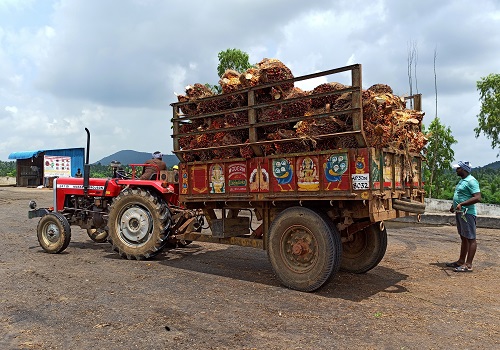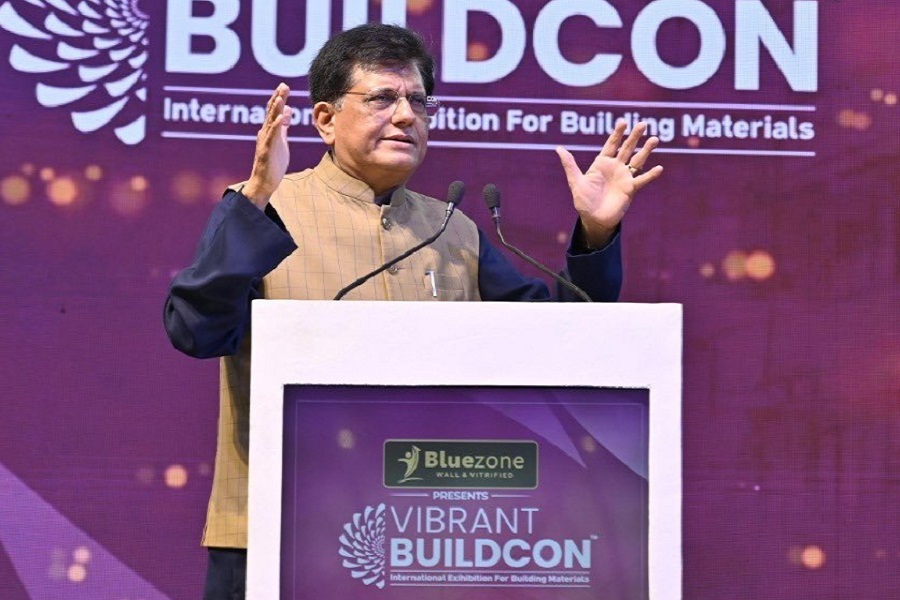India`s palm campaign has hard row to hoe with water, seedlings scarce

DWARAKA TIRUMALA, India - Tractor convoys trundled thousands of oil palm seedlings to new homes on farms across southeastern India this month, as the world's top importer of edible oil rolls out an ambitious $1.5-billion plan to boost output.
Record prices of palm, and new government promises of payouts even if Indian prices slump, are driving the effort, which aims to lift domestic output sharply within a decade from a tiny level now.
"The return on oil palm will at least be double that of rice and banana, and it is far less labour-intensive," said B. Brahmaiah, one of the hundreds of farmers nationwide who are racing to switch from the usual staple crops, such as rice.
Brahmaiah, 37, owns a six-acre (2.4-hectare) plot in the West Godavari district of Andhra Pradesh state, where fertile soil, ample water and oil processing mills promise to be a strong driver of higher production.
Nestling amid verdant ricefields are forest-like clumps of oil palm, coconut, and cocoa plantations, watered by plentiful supplies from the region's rivers and canals.
Elsewhere, though, regular watering is just one of many obstacles to achieving a target of a 10-fold output expansion within a decade, ranging from a shortage of seedlings to a four-year growing term before palm trees produce fruit.
A national Mission on Edible Oils launched last month aims to boost output to 2.8 million tonnes by nearly tripling the crop cultivation area to 1 million hectares (2.4 million acres), so as to curb oil imports, which exceeded $11 billion last year.
Ravi Mathur, who heads the Indian Institute of Oil Palm Research, the government-backed body driving the campaign, said it had identified 2.8 million hectares (7 million acres) suitable for palm cultivation.
(Graphic: India palm oil imports, consumption, area and productionhttps -://fingfx.thomsonreuters.com/gfx/ce/movankqaqpa/IndiaPalmOilImpConsAreaProd.png)
Apart from Andhra Pradesh, these areas include the mountainous northeast and the remote islands of Andaman and Nicobar, where a price premium of 2% is on offer to farmers so as to match rates for produce in less isolated areas.
Green groups have criticised the push, saying it could lead to water scarcity, reduce forest cover, and hit biodiversity, but Mathur dismissed these fears as unfounded, saying authorities would protect the environment from harm.
Still, planting all 2.8 million hectares (7 million acres) with palm will be a major task, as the thirsty plants need regular, profuse supplies of water, a scarce commodity in India, where agriculture relies on annual monsoon rains.
Another barrier to the switch is that oil palm requires up to four years to yield sellable fruit, unlike rice, cotton or pulses, which can be harvested in less than six months.
That constricts income flows for farmers, said Sougata Niyogi, a top official at India's biggest palm oil producer, Godrej Agrovet Limited. The government plans to make up some of the cost by offering 29,000 rupees ($394) for each hectare of new palm cultivation, and help with planting other quicker-growing crops on farms.
It will also guarantee a viability price for fresh fruit bunches, paying the difference if market rates fall below that level.
That assurance should hasten oil palm plantings, said B.V. Mehta, executive director of trade body Solvent Extractors' Association of India, as price volatility was previously a major deterrent for growers.
(Graphic: India edible oil imports & consumption https://fingfx.thomsonreuters.com/gfx/ce/znpnebxajvl/indiaEdibleOilImportsConsumption.png)
YEARS BEFORE INCOME FLOWS
Even with such assistance, few small, cash-starved farmers will be able to wait years for income to come in, Godrej's Niyogi said.
Farmer O. S. Chalapatha, who planted oil palm on a 35-acre (14-hectare) plot more than a decade ago, said his earnings from a job with a private firm initially helped defray costs.
"In the first few years, a huge amount was required to develop oil palm plantation," he told Reuters.
"I managed to arrange it, since I was employed in a private company. But it is not possible for everyone."
Also shaping as a critical threat is a shortage of palm seedlings. Palm nurseries in India and southeast Asia, which normally need up to a year to expand production, have been overwhelmed by the surge in seedling demand for the drive.
To reach its target of 1 million hectares under oil palm by 2025/26, India must add 130,000 hectares (321,000 acres) every year, calling for millions of seedlings.
"India needs 18.6 million seedlings, but local supplies are limited to 1 million," said an industry official in the financial capital of Mumbai, who sought anonymity.
"For the rest, we are dependent on imports."
Godrej plans to import 1.15 million sprouts this year, up from 450,000 last year, to meet farmers' demand, Niyogi added.
The shortfall leaves first-time producers unable to start planting.
"We are willing to pay three times more than government-set prices, but we are not able to secure seedlings," said another Andhra Pradesh farmer, T Malddiramaiah.
A longer term challenge for India is setting up oil mills to press the fruit once it is ready, so as to avoid spoiling.
Such infrastructure is scarce in the northeast, where congested roads and limited supplies of fertiliser already strain supply chains.
That leaves just a few pockets of producers, such as those in Andhra Pradesh, to rise to the challenge, which suggests a dent in huge imports is unlikely.
For all its efforts, India may not be able to produce more than 2 million tonnes of palm oil by 2029/30, when demand is expected to have risen another 5 million tonnes, said a leading edible oil refiner. "India will remain import-dependent in the foreseeable future," said the refiner, who asked not to be identified. "Oil palm and other programs can only reduce some incremental growth in imports."
But on his farm in Andhra Pradesh, Brahmaiah has his eyes firmly fixed on the prize.
"Oil palm is more profitable than other crops once it starts yielding," he said.

















